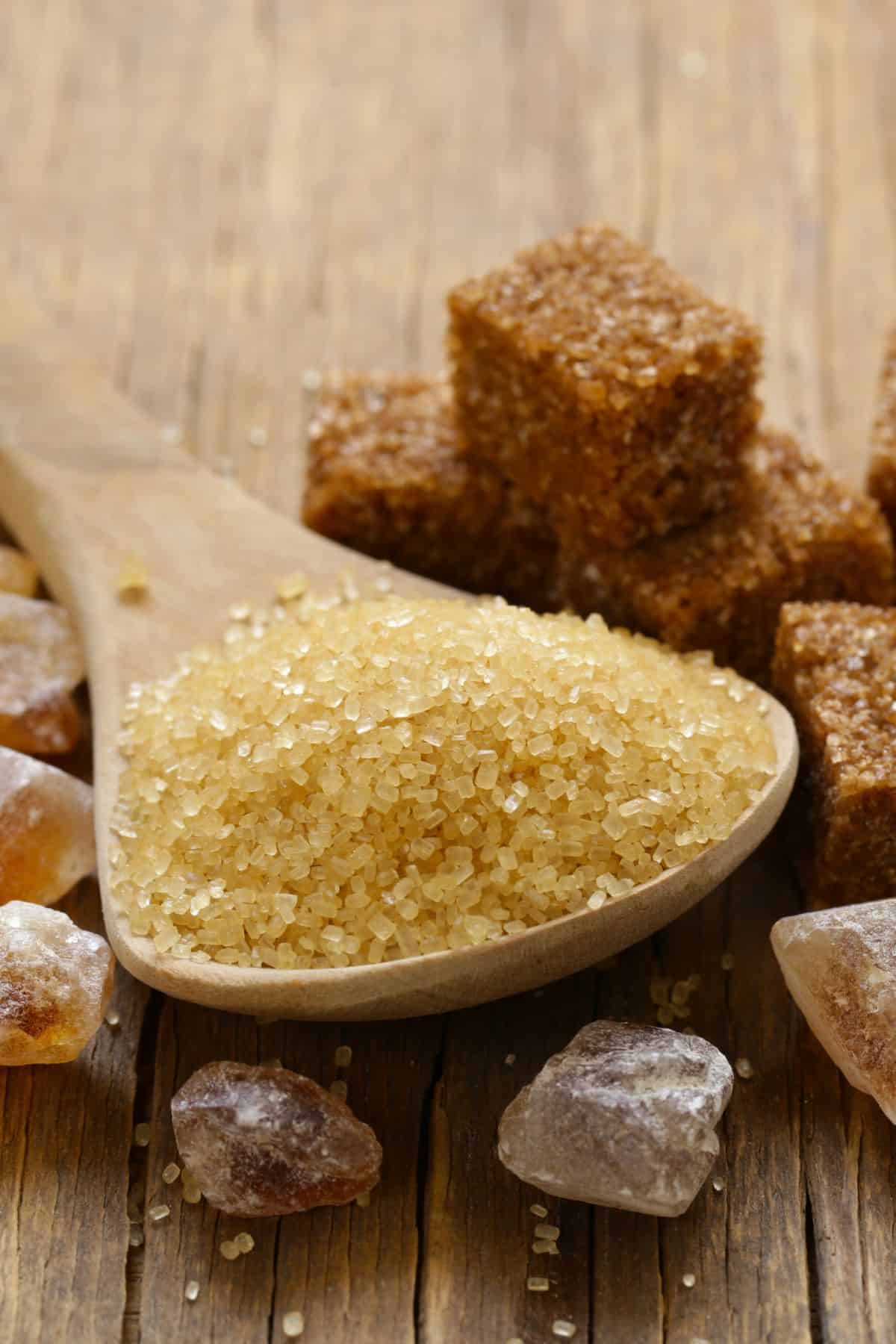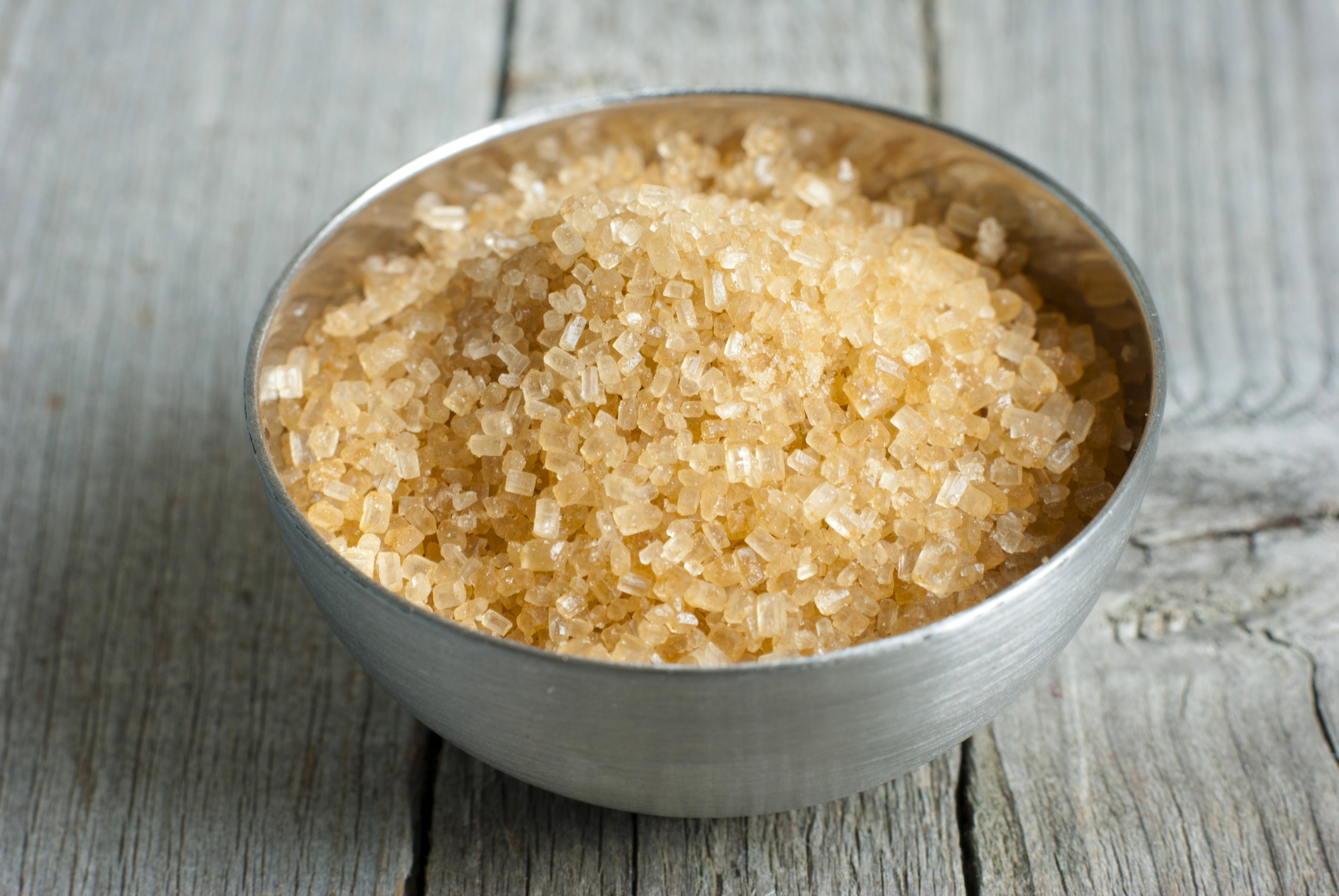Cane Sugar Processing: Ingenious Methods for High Quality Production
Cane Sugar Processing: Ingenious Methods for High Quality Production
Blog Article
Recognizing the Crucial Methods and Technologies Employed in Modern Walking Stick Sugar Handling
The development of walking stick sugar processing has been substantially shaped by the combination of sophisticated methods and innovations that deal with both effectiveness and sustainability. As we explore these crucial advancements, it ends up being necessary to check out just how they not only enhance production but additionally line up with wider market trends and consumer needs, increasing concerns about the future of sugar handling and its effects for worldwide markets.
Historical Context of Cane Sugar Handling
The historical context of cane sugar handling exposes a rich tapestry of farming technology and social exchange that has formed its advancement over centuries. Stemming in Southeast Asia, sugarcane was cultivated as early as 8000 BCE - Cane Sugar Processing. The procedure of drawing out and refining sugar gained momentum in India, where approaches for crystallization were refined around the sixth century. This expertise traversed to the Center East, and by the 12th century, sugar became a valued asset in Europe, bring about the establishment of sugar plantations in the Mediterranean.

Advanced Removal Methods
Efficiency in walking stick sugar removal has actually seen substantial advancements, driven by the requirement for greater yields and reduced production prices. This strategy not only raises sugar return yet also decreases the energy required for handling.
In addition, the adoption of membrane filtering technologies, such as nanofiltration and turn around osmosis, has actually reinvented the splitting up of sugar from impurities. These methods allow for the selective permeation of sugar molecules while retaining larger pollutants, streamlining the extraction process and lessening waste.
Furthermore, the combination of continuous extraction systems has led to enhanced operational effectiveness. Cane Sugar Processing. These systems preserve a constant flow of walking stick material, guaranteeing optimal removal problems and lowering downtime related to batch handling
Ingenious Refining Technologies
Refining strategies in walking stick sugar handling have undergone a transformative shift, driven by the need for greater pureness and improved product top quality. Among the most remarkable advancements is the fostering of membrane filtering technologies, such as ultrafiltration and nanofiltration. These processes successfully remove contaminations and colorants without the need for considerable chemical treatments, consequently maintaining the sugar's all-natural taste and enhancing its allure.
An additional significant innovation is making use of ion exchange resins, which enable for careful more information elimination of unwanted ions from sugar options. This modern technology not only increases the total pureness of the end product but also contributes to minimized waste and environmental impact.
In addition, advancements in adsorption strategies, utilizing turned on carbon and various other innovative products, have actually shown effective in decolorizing sugar options while keeping optimum quality. The integration of these ingenious refining technologies makes sure that makers can produce polished sugar with exceptional clearness and taste, satisfying the progressing choices of customers.
Automation and Control Equipment
Recent advancements in refining innovations have actually led the way for considerable renovations in automation and control systems within cane sugar processing centers. These systems utilize innovative software program and hardware to enhance functional efficiency, reduce human error, and make certain regular product high quality.
Modern automation incorporates different parts, consisting of sensors, actuators, and programmable reasoning controllers (PLCs), enabling real-time monitoring and control of crucial procedures. For instance, stress, circulation, and temperature prices can be precisely regulated throughout removal, clarification, and condensation stages, maximizing efficiency and lessening waste.
Additionally, progressed data analytics and equipment learning algorithms play a pivotal duty in predictive maintenance, allowing drivers to expect devices failings prior to they happen. This aggressive technique not only reduces downtime however likewise prolongs the life-span of machinery.
On top of that, automation facilitates the implementation of Sector 4.0 concepts, encouraging More Help sugar mills to attain greater connection and information exchange throughout processes. Consequently, decision-making ends up being even more nimble and enlightened, inevitably improving the total competition of cane sugar production. With these innovations, the sector is well-positioned to meet growing global demands while keeping operational excellence.
Sustainability Practices in Sugar Production
Sustainability methods in sugar manufacturing have ended up being progressively vital as the industry looks for to stabilize financial feasibility with environmental responsibility. As consumer awareness grows concerning the environmental influences of agricultural techniques, sugar producers are adopting innovative techniques to minimize their eco-friendly footprint.
One considerable strategy is the implementation of precision agriculture strategies, which use data analytics to enhance source usage, such as water and plant foods. This lowers waste and reduces the effect on local environments. In addition, several producers are transitioning to renewable resource resources, such as biomass from sugarcane results, to power their operations, thus lowering dependence on fossil gas.
Water administration techniques are additionally essential; rain harvesting and efficient irrigation systems help mitigate water deficiency problems. Cane Sugar Processing. Additionally, incorporated bug administration methods decrease chemical use, advertising biodiversity and dirt health
Corporate social duty campaigns are emerging, with firms buying regional communities and making certain reasonable labor methods. By accepting these sustainability methods, the sugar industry not only enhances its online reputation but likewise adds to a more lasting agricultural landscape, leading the way for future generations.

Conclusion
In summary, modern cane sugar handling integrates a range of sophisticated strategies and modern technologies that substantially enhance performance, yield, and sustainability. Jointly, these advancements position the walking cane sugar market to satisfy contemporary needs while resolving vital global difficulties.
The evolution of cane sugar processing has been navigate here dramatically formed by the integration of advanced strategies and innovations that resolve both effectiveness and sustainability.The historic context of walking cane sugar processing discloses a rich tapestry of farming technology and cultural exchange that has actually shaped its development over centuries. Innovations in milling and refining arised, laying the groundwork for modern-day walking cane sugar handling.Refining techniques in cane sugar processing have undertaken a transformative change, driven by the demand for greater pureness and boosted product high quality.In recap, contemporary walking stick sugar handling integrates a range of innovative methods and innovations that significantly improve sustainability, yield, and effectiveness.
Report this page